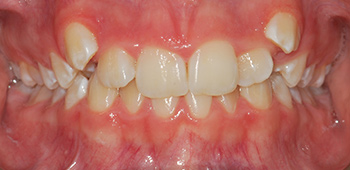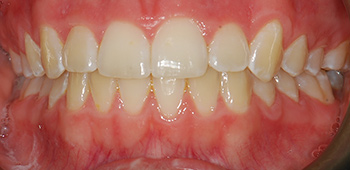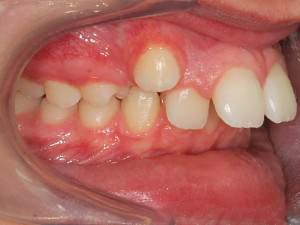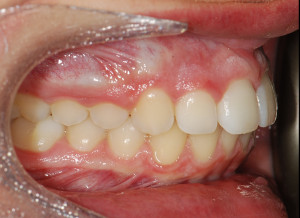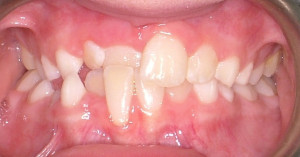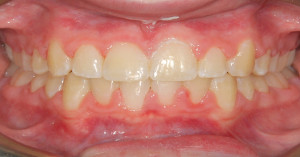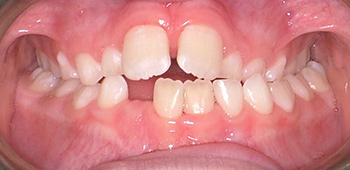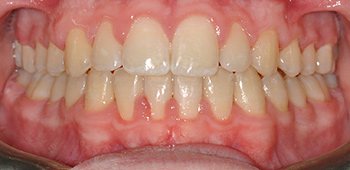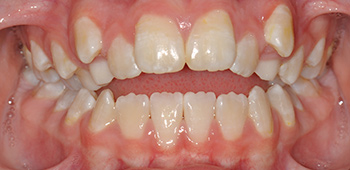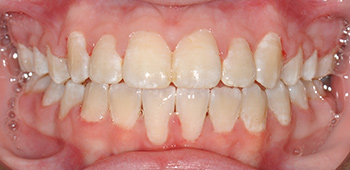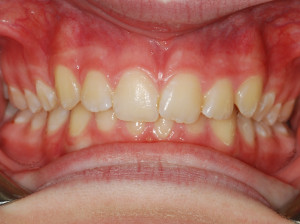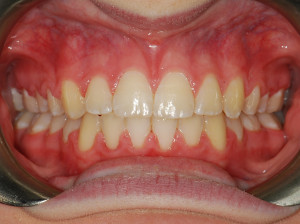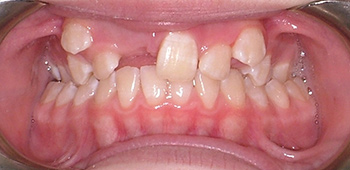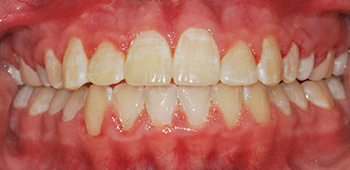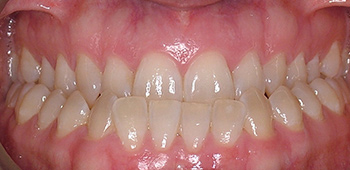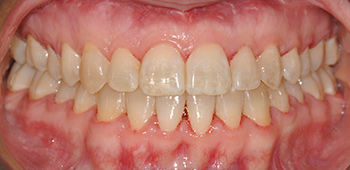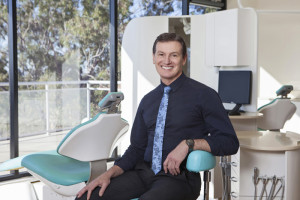 Dr Michael Dineen graduated with a Bachelor of Dental Surgery degree from The University of Sydney and commenced dental practice at Hurstville in 1980. In 1988 he completed the Master of Dental Science post-graduate Orthodontic degree and has since practiced as a specialist Orthodontist, initially at Macquarie Street, Sydney and Maroubra before settling into his current locations at Miranda, Hurstville, Engadine and Dubbo from 1990. Michael has been made a fellow of the Pierre Fauchard Academy, an international honour dental organisation.
Dr Michael Dineen graduated with a Bachelor of Dental Surgery degree from The University of Sydney and commenced dental practice at Hurstville in 1980. In 1988 he completed the Master of Dental Science post-graduate Orthodontic degree and has since practiced as a specialist Orthodontist, initially at Macquarie Street, Sydney and Maroubra before settling into his current locations at Miranda, Hurstville, Engadine and Dubbo from 1990. Michael has been made a fellow of the Pierre Fauchard Academy, an international honour dental organisation.
Michael’s official duties within the dental profession include:
- Past President St. George Dental Association
- Past President Australian Association of Orthodontists (NSW Branch)
- Past President University of Sydney Orthodontic Alumni (2008-2010)
- Co-President 4th World Implant Orthodontic Congress, Sydney, 2012
He is currently a member of the St George Dental Association, the Australian Dental Association, the Australian Society of Orthodontists and the World Federation of Orthodontists.
Since 1994 Michael has been teaching part-time at the University of Sydney MDSc Post-graduate Orthodontic Program, currently as Senior Clinical Associate. He also lectures to post-graduate orthodontic students from Australia and New Zealand.
His special interests within the orthodontic profession include orthopaedic skeletal correction, self-ligating fixed appliances (Damon System), Cone Beam CT imaging, temporary implant anchorage, non-extraction orthodontic treatment, lingual braces, Invisalign and TMJ (jaw joint) problems.









